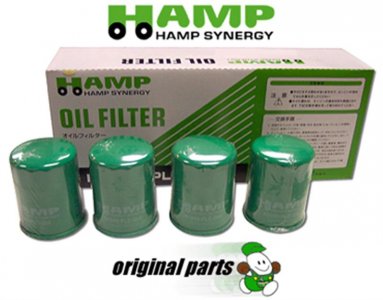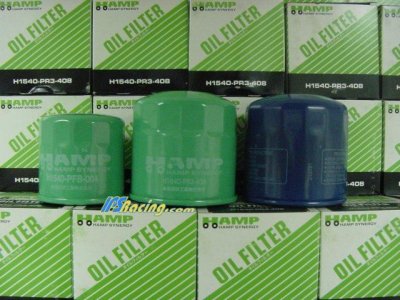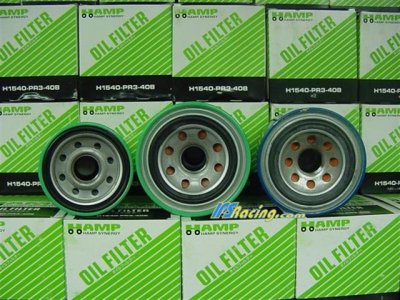Back to the origional topic - the HAMP filters -.
I think there are a few important points that must be taken into perspective:
1.) This is a Honda JDM part which is marketed by HONDA towards high performance applications. This is not marketed by the likes of K&N...Again, I repeat, this is marketed by Honda, in Japan for high performance applications. I believe it is the stock filter on the Type S/R versions of Integras, Civics, Prelude's etc...(why/if the NSX I don't know..)
2.) A number of different reviews, some more scientific than others, rate the HAMP filter to be of good and better quality than your average filter.
http://www.ntpog.org/reviews/filters/old_filters.shtml
-You should notice that the Honda JDM filter gets a very good review.
-The HAMP identical to the Honda JDM with the exception of the smaller filter and/or less filtration material.
-The Honda USA filter gets a horrible review. Whether the NSX filter is manufactured under by the same company, design or poor QA I don't know.. but it is worth making a note. Honda recently went to Fram based filters for the S2000 and it caused an uproar in the US community ( as well as not addressing the fact that the 4th cylinder receives a lot more heat due to a design flaw, and oil starvation can and does occur at long intervals of high soeed. This was fixed for the Japan & Euro models, but not the US. The speculative reason being that, sine we don’t have the Autobahn, the S2Ks are not under the same stress. This hasn’t been confirmed/denied by Honda, but the fact that things like this are different does spark controversy and rasies questions)
3.) A smaller oil filter does result in higher pressure, at the cost of filtration, generally speaking. If fluid flows through an object that is 1 quart versus 4 quarts (for demonstration purposes..) the pressure and the velocity of flow will be naturally be higher. When you water the grass - the smaller the intake, the greater the pressure – the faster water jets out – and farther -right? The same physics that apply there apply here... Secondly, and more importantly - less filter material means greater pressure b/c the fluid has less material to fight... Silly example: My wife tells me last night "the heater is not working.." I look at the thermostat and see a "filter" flashing Go down to the furnace & other inlet/outlets in the house, and what do you know, the filters are all clogged up. I could get the furnace to turn on, but very little air would come out b/c of the filters. Fixed it, keeps on humming..
4.) On the NSX, unless you're doing 6K+ winter driving, I believe oil pressure is of greater importance than fitlration. I suspect that most of the owners here change their oil more frequently than the 3K/5K/7K/10K (whatever you want to believe..) regular/synthetic recommended intervals and the OEM filters filter less material than they normally would in greater-mileage intervals. Additionaly, I suspect that most people here clean their air filter fairly often which futher limits the gunk that gets into their engines. Lastly, given reports of oil starvations in track/aggresive/fi'd cars, I would trade less filtration for increased oil pressure any day of the week.
5.) Although the USA Honda NSX Oil Filter is 'good enough', there has been no empirical study of any kind that I have come across that provides data and compares it to competitors. This means that conclusions that it's a high(er) performance than any other filter is purely speculative and conjecture. I would take this statement back if I was certain that the Honda NSX USA Filter is the same filter as what's on the Japanese cars.. but I have my suspicions that it is not..
In conclusion, the HAMP are excellent filters and I would trust the HAMP 10X over the USA Honda NSX filter. However, it was my understanding that there is not a HAMP filter for the NSX (for whatever reason..) I have a number of HAMP filters that are specified for the S2k & Civics, which, based on the ring side, it is much smaller and doesn't appear like it is supposed to fit on the NSX. I guess I could try and see if the oil leaks, but it might be too risky unless someone can definitively confirm that it will work, or the part# that will (everything I've seen says 'NOT FOR NSX')








